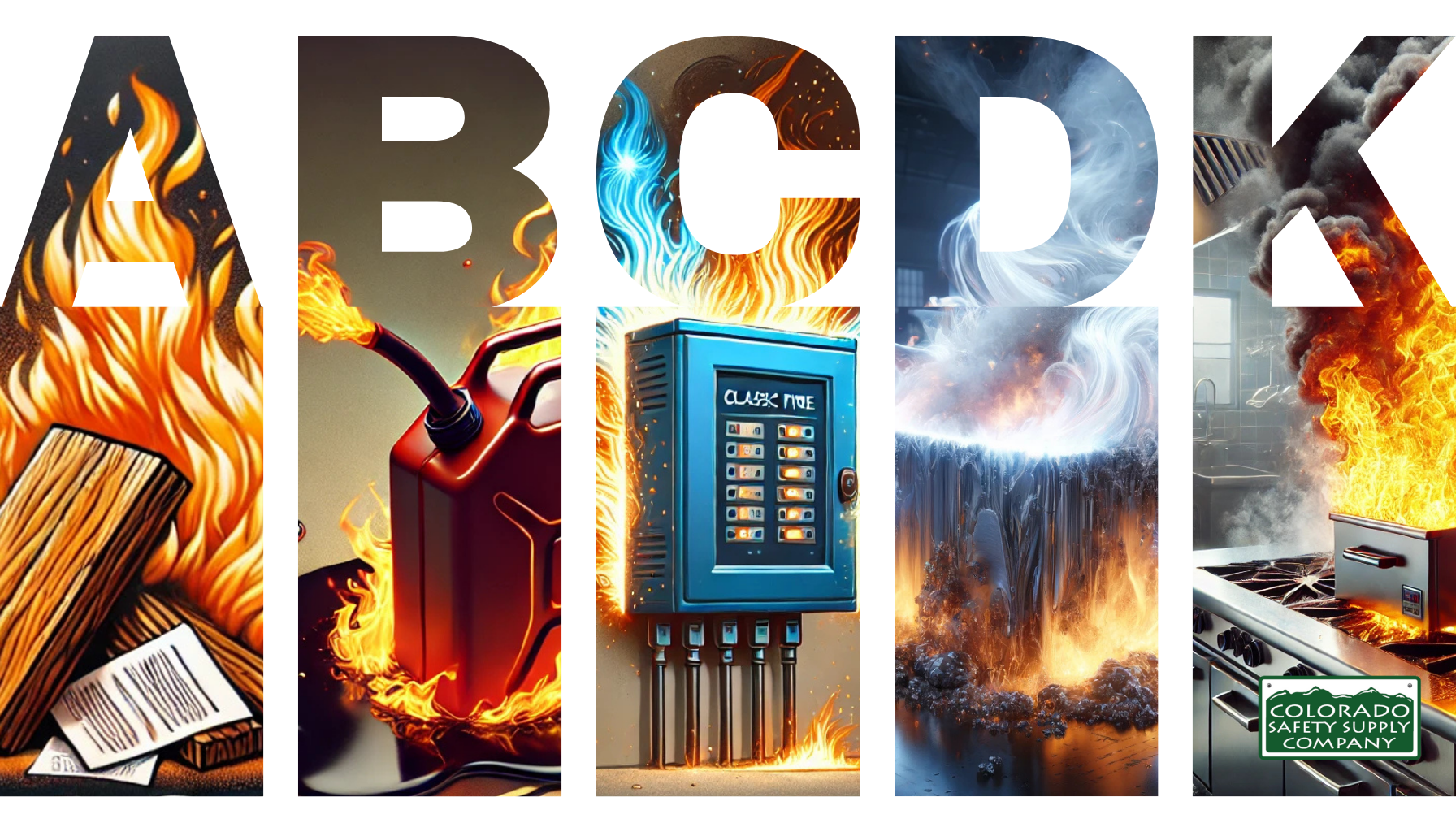Having the right fire extinguisher on hand can mean the difference between quickly controlling a fire or facing a dangerous situation. Not all fires are the same, and using the wrong extinguisher can make things worse. Employers need to ensure the correct extinguishers are available and that employees know how to use them safely. Here’s how to determine which fire extinguisher to use in different situations.
Understanding Fire Classes and Extinguishers
The Occupational Safety and Health Administration (OSHA) requires workplaces to have appropriate fire extinguishers based on the types of fire hazards present. Fires are categorized into different classes, and each requires a specific type of extinguisher:
-
Class A – Fires involving ordinary combustibles such as wood, paper, and cloth.
-
Recommended Extinguisher: Water-based or ABC extinguishers.
-
-
Class B – Fires caused by flammable liquids like gasoline, oil, and grease.
-
Recommended Extinguisher: CO2, foam, or dry chemical extinguishers.
-
-
Class C – Fires involving electrical equipment such as wiring and appliances.
-
Recommended Extinguisher: CO2 or dry chemical extinguishers.
-
-
Class D – Fires from combustible metals like magnesium and titanium.
-
Recommended Extinguisher: Specialized Class D extinguishers.
-
-
Class K – Fires in cooking oils and fats, common in commercial kitchens.
-
Recommended Extinguisher: Wet chemical Class K extinguishers.
-
Choosing the Right Fire Extinguisher for Your Workplace
Different workplaces require different types of extinguishers. Consider these common settings:
-
Offices and warehouses – ABC extinguishers are versatile and effective for common combustibles, flammable liquids, and electrical fires.
-
Commercial kitchens – Class K extinguishers are essential to safely handle grease fires.
-
Industrial settings – Workplaces handling metals should have Class D extinguishers available.
How to Use a Fire Extinguisher: The PASS Method
Knowing how to use an extinguisher is just as important as having the right one. Follow the PASS method:
-
Pull the pin to break the tamper seal.
-
Aim at the base of the fire, not the flames.
-
Squeeze the handle to release the extinguishing agent.
-
Sweep from side to side until the fire is completely out.
Avoiding Common Mistakes
-
Using the wrong extinguisher – Applying water to a grease or electrical fire can make it worse.
-
Neglecting inspections – Monthly visual checks and annual professional maintenance ensure extinguishers are ready to use.
-
Standing too close – Keeping a safe distance helps avoid injury and improves extinguisher effectiveness.
Fire extinguishers are essential for workplace safety, but they must be chosen, maintained, and used correctly. Employers should ensure OSHA compliance, train employees, and have the right extinguisher for the right fire to prevent small incidents from becoming major emergencies.
For a selection of fire extinguishers, visit our collection here: Fire Extinguisher Collection.
If you’re interested in fire extinguisher training, contact us at 303-537-5832.















